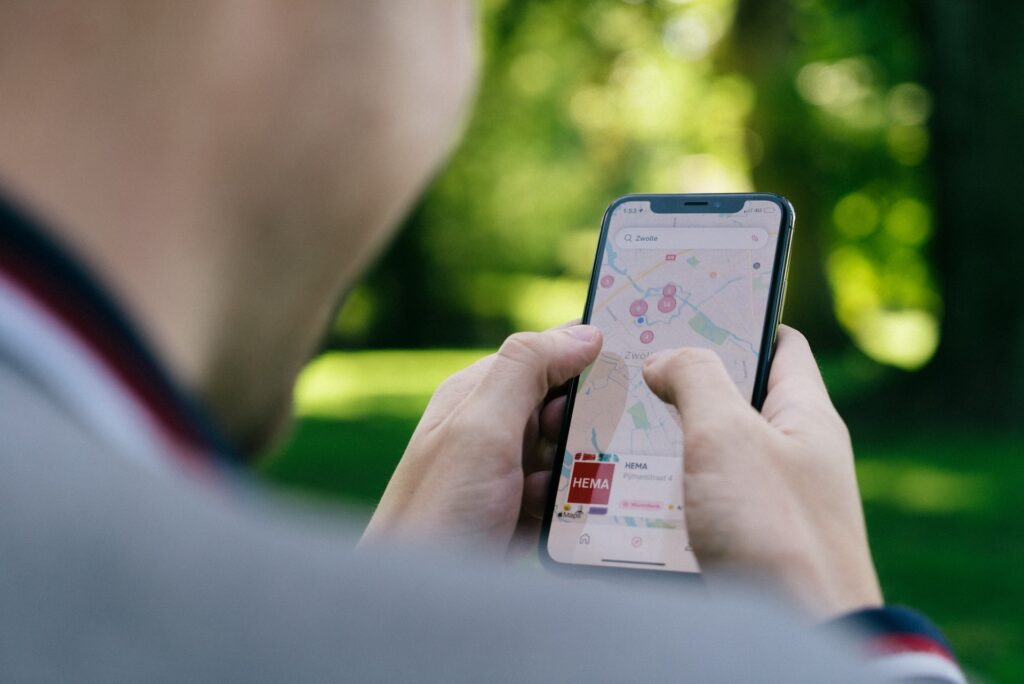The Shocking Truth About Social Networking & Crime
Social media has become one of the most important communication channels in recent years. Facebook, Twitter, Instagram & Co. have been playing increasingly important roles in our lives, from keeping in touch with our friends and families to finding our significant other and landing our dream job. As a matter of fact, 73 percent of Americans use social networking sites, according to a Pew Research report from September 2013.
However, the popularity of social media has also attracted criminals. 81 percent of Internet-initiated crime involves social networking sites, mainly Facebook and Twitter. These platforms are ideal sources for criminals to obtain personal information from unsuspecting people. The vast majority of cyber crimes consist of identity theft, phishing schemes, fraud, and data mining. One in five adult online users report that they were the target of cybercrime, while more than a million become victims of cybercrime every day. Estimates regarding the financial cost of cybercrime range from $100 billion to an enormous $1 trillion a year in the U.S. This shows how difficult it is to measure the exact financial damage caused by cybercrime.

Consultancy firm PwC, for example, projects that cybercrime could turn into the second biggest cause for financial fraud across the entire world, especially as more and more companies rely on Internet-based services to improve their performance. PwC – in collaboration with CSO magazine, the U.S. Secret Service, the Software Institute CERT® Program at Carnegie Mellon University, and the FBI – conducted a survey among over 500 U.S. executives, security experts, and others from the private and public sector, concluding that cybercrime is on the rise. 30 percent of respondents reported that cybercrime poses the highest risk to their companies, second only to asset misappropriation (40 percent).
Yet, Internet-initiated crime doesn’t always play out online. Social networking sites are also very helpful platforms for burglars, sex offenders, and other crooks. For instance, 78 percent of burglars admit that they use social media to seek out their victims. Google Street View allows them to gauge their victims’ properties over the Internet. Moreover, the smartphone apps for Facebook, Twitter, Instagram, Vine, and Foursquare all operate with geotags that can reveal your exact whereabouts, thus informing potential burglars when you’re away from home. It is highly recommended that you disable the geotagging function on your smartphone, at least when it comes to the social networking apps you use.
Furthermore, 33 percent of all Internet-initiated sex crimes are orchestrated through social networking sites, and 50 percent of sex crimes committed against a minor involve the perpetrator obtaining information/pictures from the victim’s social media profile. The latter becomes even more disconcerting if you consider that more than a quarter of Facebook users are under the age of 10 and almost 40 percent are under the age of 13 (the minimum age requirement for most social networking sites). These young Internet denizens use social networking platforms largely without their parents’ supervision. They often disclose sensitive information like their real age, pictures, the city they live in, or the school they attend, making them easy targets for potential predators.
Americans are far less concerned about their privacy on the web than, say, Europeans.Germans are particularly protective of their privacy, with many using aliases for their Facebook profiles and the High Court of Berlin ruling that several parts of Facebook’s terms of service and privacy policies violate German law. In the U.S., however, 66 percent of Facebook users don’t even know about privacy settings and 15 percent admit that they never checked their privacy and security settings. These troublesome conditions make social networking sites the perfect breeding ground for cybercriminals.
Yet, social media is becoming increasingly popular among law enforcement officials, too. As of April 2013, there were 772 police departments in the U.S. with active Twitter accounts. This helps them gather information about victims and suspects, track suspects, obtain information about certain persons of interest, and provide relevant information to the public. Social media facilitates, for example, the quick and wide release of Amber Alerts. According to the National Center for Missing and Exploited Children, social media has helped to resolve and recover 98.5 percent of AMBER alerts since 2005. Still, it remains to be seen whether law enforcement will actually be able to catch up with the ever-increasing number of cyber criminals.
__
You might also be interested in a Keynote Speaker for social media management.









